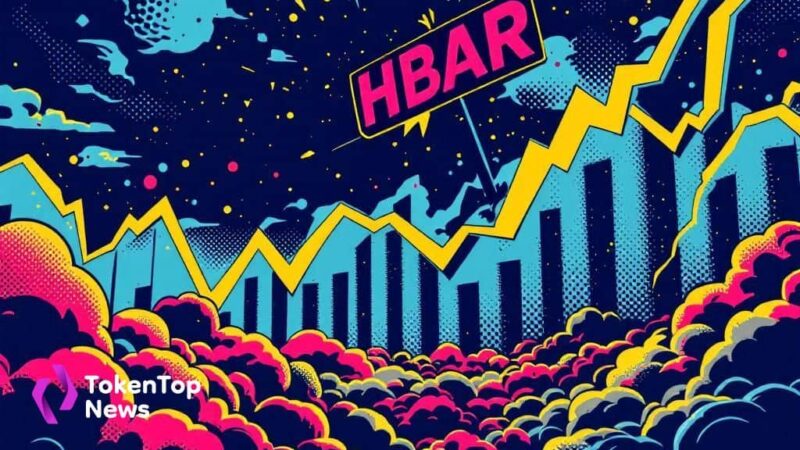Inflation Surge Clouds Fed Rate Cut Outlook
- Rising inflation impacts Fed rate cut expectations and market sentiment.
- Market volatility increases due to inflation data.
- Cryptocurrencies face price drops from shifting rate forecasts.

The latest CPI and PPI data in August 2025, exceeding expectations, has shaken Federal Reserve’s rate cut prospects, leading to significant reactions across global markets.
Anticipated rate cuts have decreased, causing a stronger U.S. dollar, increased Treasury yields, and declines in major cryptocurrencies like Bitcoin BTC -0.50% and Ether.
The latest inflation data, including unexpectedly high CPI and PPI figures, has generated significant uncertainty around Fed rate cut prospects. This development has wide-reaching effects on both traditional and crypto markets in August 2025.
The Federal Reserve is now in the spotlight, with important insights anticipated from Chair Jerome Powell at the upcoming Jackson Hole Economic Symposium. Meanwhile, Gareth Soloway notes:
“The probability, even though inflation looks like it’s going up… the bear flag is still telling us… that rates eventually will go lower here.” – Gareth Soloway
Ripple effects on financial markets include a drop in Bitcoin to below $120,000 and declines seen in Ether as well. These movements emphasize vulnerability to inflation data in both traditional and alternative asset classes.
Market adjustments also reflect U.S. dollar strengthening and increased Treasury yields, while scaled-back expectations for Fed rate cuts signal possible delays in policy easing. This has heightened volatility within both currency and cryptocurrency sectors.
Persistent inflation not only affects interest rate forecasts, but also forces DeFi protocols to revise growth outlooks amid TVL reductions. Among other impacts, liquidity flows shift to safer assets, exacerbating risk asset pressure.
Expert analyses draw parallels with historical data, showing that similar inflation instances led to renewed crypto interest as inflation hedges. Longer-term conditions may repeat these trends, particularly if central banks sustain their cautious approach.





